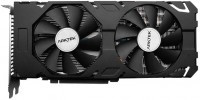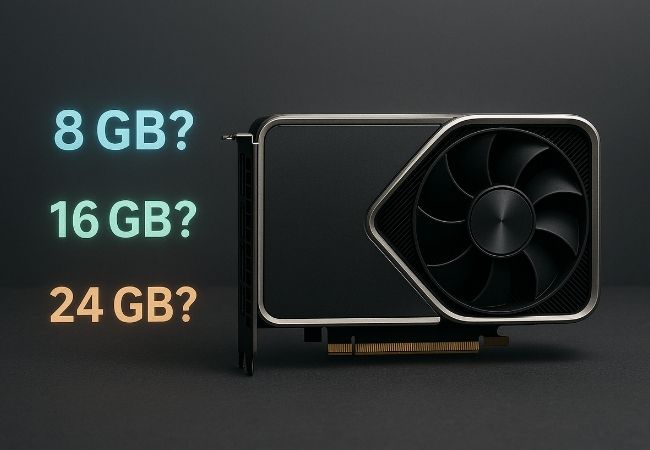Arktek GeForce GTX 1660 Ti AKN1660TID6S6GH1
 | Outdated Product Interface: PCI-E v3.0; : NVIDIA GeForce GTX 1660 Ti; Memory size (GB): 6; Memory type: GDDR6; Memory bus (bits): 192; GPU clock speed (MHz): 1770; Memory clock (MHz): 12000; DVI-D: 1; HDMI: 1; Display Port: 1; Cooling: active (fan); Fans: 2; Power consumption (W): 120; Additional power: 8 pin |
Arktek GeForce GTX 1660 Ti AKN1660TID6S6GH1 | ||||||||||||||||||||||||||||||||||||||||||||||||||||||||||||||||||||||||
|
| |||||||||||||||||||||||||||||||||||||||||||||||||||||||||||||||||||||||
Always clarify the specifications and configuration of the product with the online store manager before purchasing.
Catalog Arktek 2025 - new arrivals, bestsellers, and the most relevant models Arktek.


Honor and respect
The Arktek Matrix GTX 1660 Ti is still a relevant graphics card today, both for gaming and for video editing. Unlike GeForce RTX models, it does not support better tracing. But the usefulness of this technology in games is still questionable. The picture becomes only a little more realistic, and the frame rate sags by almost half.
Open standards
But the lack of NVIDIA DLSS proprietary smart scaling technology is more than compensated by the Open Source analogue — FidelityFX Super Resolution. The main competitors of the GTX 1660 Ti are the RTX 3050 and RX 6500 XT. The more recent GeForce model is still in short supply. Whereas Radeon is equipped with less memory and, worst of all, cannot speed up video editing.
Progressive video encoder
Perhaps, it is the GTX 1660 Ti that can now be called the minimum recommended graphics card for professional 4K video editing. NVIDIA solutions are generally more stable than AMD in the popular Adobe Premier, Sony Vegas, and DaVinci Resolve software. And the GTX 1660 Ti is equipped with a 6th generation NVENC video encoder, which is significantly faster than the 5th generation in the GTX 1650. However, for semi-professional 1080p editing, even a twice cheaper GTX 1050 Ti with NVENC 4th Gen is enough.
Not hot stuff
As for the Arktek Matrix modification, this is a well-tailored dual-fan solution. The heatsink has two heat pipes (more than enough for a 120-watt GTX 1660 Ti) and contacts the memory chips and power mosfets. There is also a metal backplate, which additionally cools and protects the PCB from bending.


























